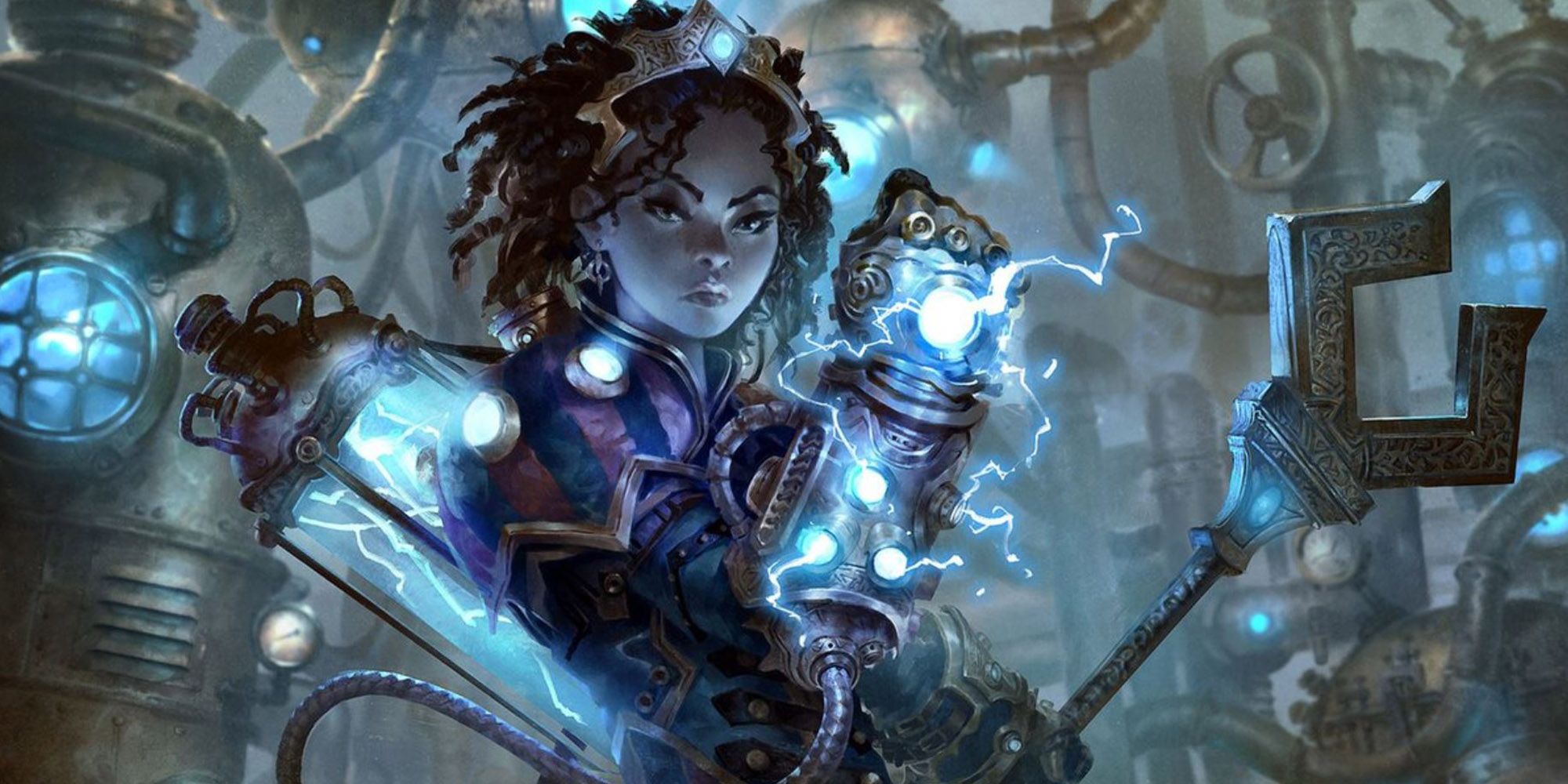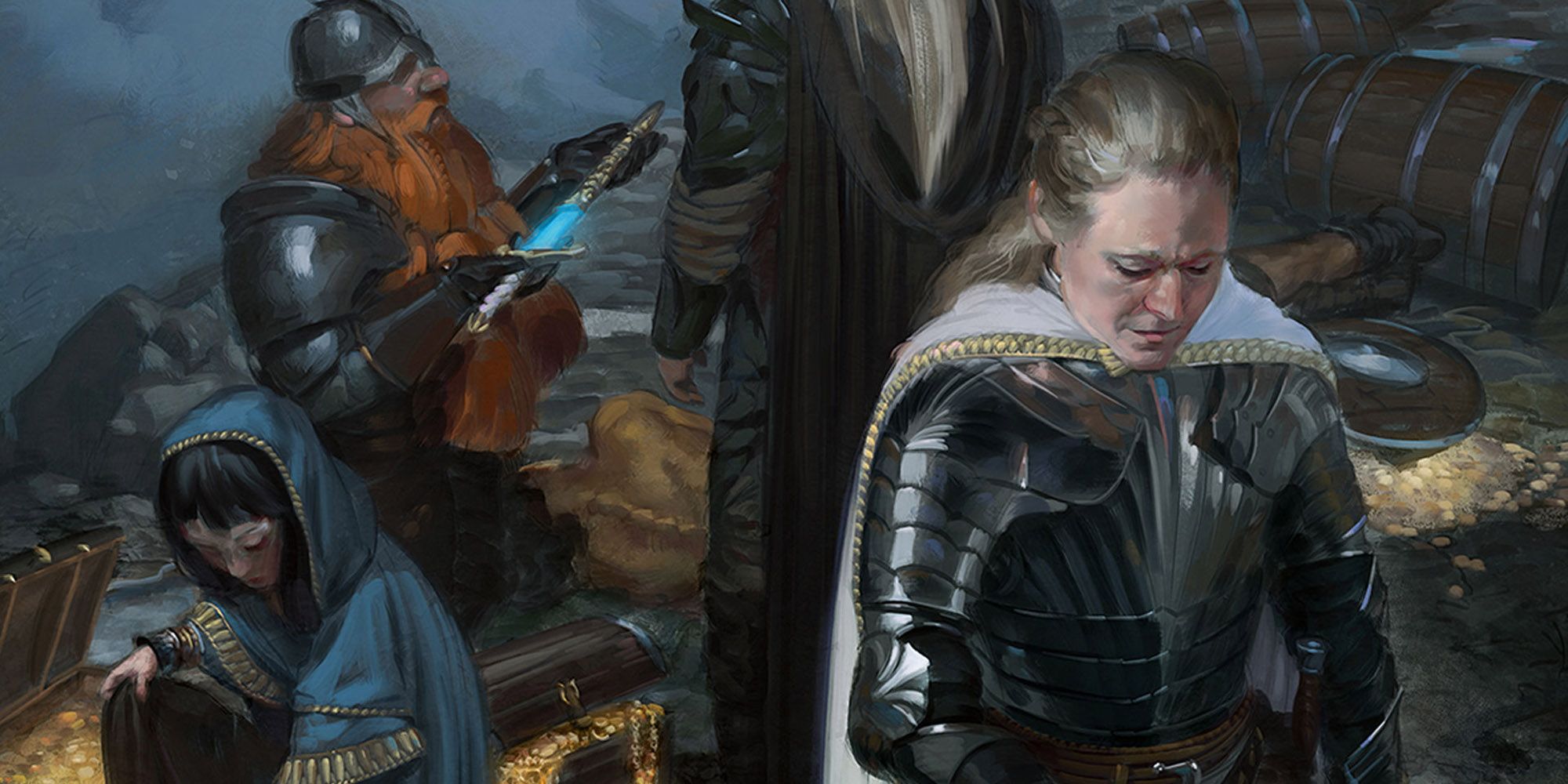Character building doesn't have to end after the sheet is filled out; there's plenty more to add in the form of Dungeons & Dragons Fifth Edition's Feats. These are extra skills or proficiencies a character can have that expand their repertoire in and outside of combat, giving them a bit of flair. There are many potential uses for Feat-related bonuses depending on the campaign. However, they have requirements and aren't as easily obtainable as regular skills or new spells.
Feats can be gained by forgoing the Ability Score Improvements that are offered at different levels depending on your character's class. Some also have certain requirements to meet to be eligible to take or use them. This may mean having a certain Ability Score or Proficiency and maintaining it, meaning if you're hit with something which reduces your Wisdom, you might not be able to use a Feat like Ritual Caster until it's restored.
High Ability Scores are obviously useful and something you'll want, but as you go on and reach higher levels, you're likely to already have good ability scores. That's when you should consider taking a Feat instead, making your character a little stronger and more versatile. They offer plenty of advantages to suit your needs and those of your party, especially during a longer campaign.
Most Feats are combat-oriented, since that tends to be the most exciting part of a campaign. Some are passive, like Medium Armor Master, acting like an extra proficiency, giving additional bonuses or offering extra actions. For example, Shield Master allows a character to push a creature within five feet as a bonus action after attacking. Feats can make a character stronger and contribute to the narrative, signifying how strong or skilled a character has become over the course of their journey.
Other combat-based feats are more hands-on, allowing characters to be better at attacking or giving them a new move that may normally put them at a disadvantage. Spellcasting Feats can really help magic users by cutting down cast time in combat, improving casting in certain situations and opening up more spells outside their class. These combat-oriented Feats open up more possibilities and make characters grow more powerful within the story.
Others have more specific uses, like Actor, which allows a character to talk their way out of a bad situation or pretend to be someone else if successful. They provide an extra layer to characters that encourages roleplaying while providing new ways to get information, money or just to keep your Dungeon Master on their toes. It can be fun to test your DM's storytelling skills on the fly, and Feats may help with that.
While some Feats seem similar to Proficiencies, they act more on their own. A Proficiency simply means a character is capable of using a certain armor, weapon or item and receives bonuses to rolls and checks depending on your class, race and Ability Score. In other words, Proficiencies are more basic, while Feats add an extra layer with even greater bonuses.
Others are more in line with how Proficiencies used to be in pre-5e rules, giving characters entirely new abilities to use as they choose, and its these that really make a character more fun to play. Whether a Feat makes a character more capable at navigating, taking down doors or winning bar fights, they add extra flavor and can contribute to storytelling -- the things that make D&D so interesting to begin with.


